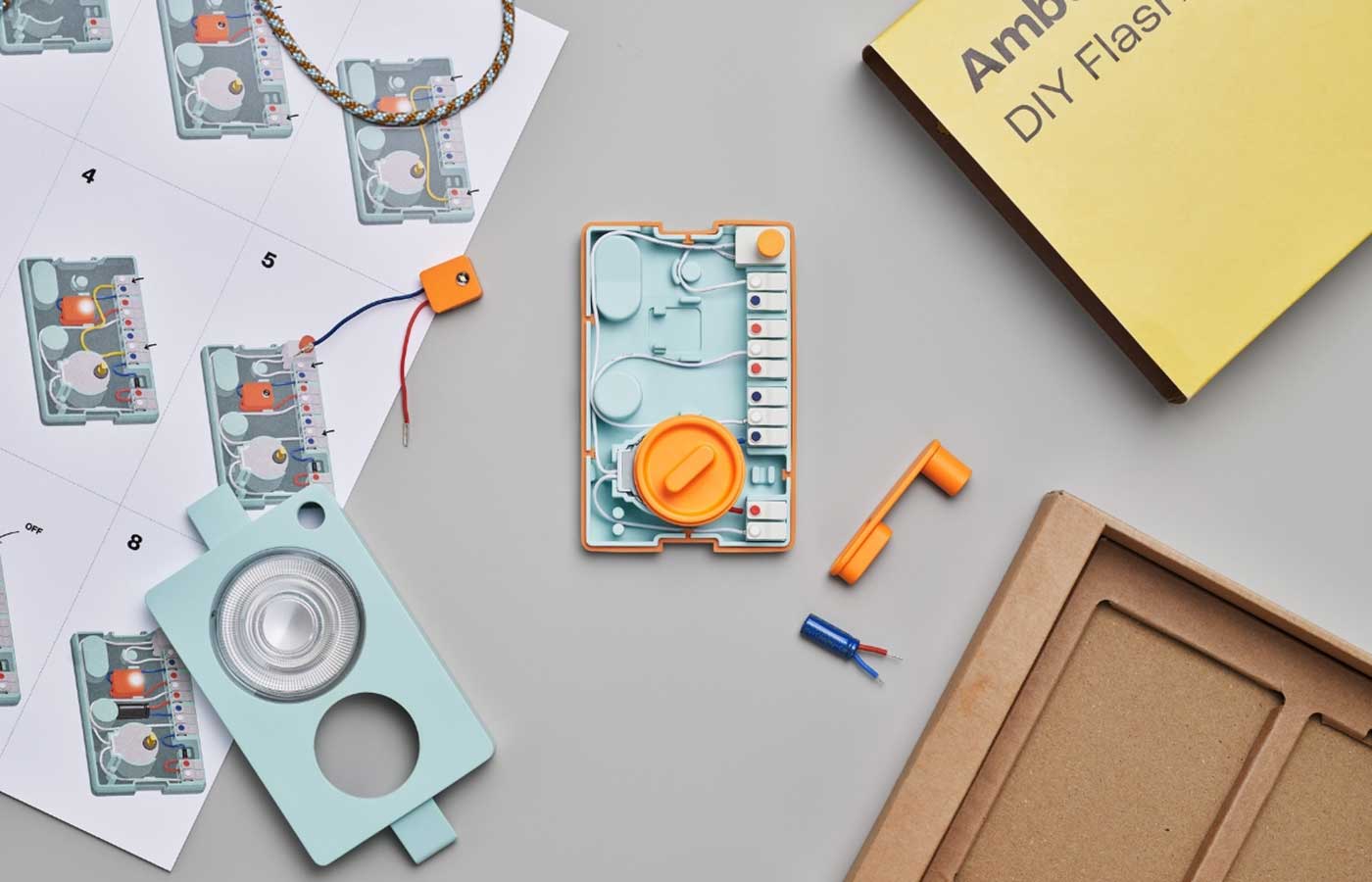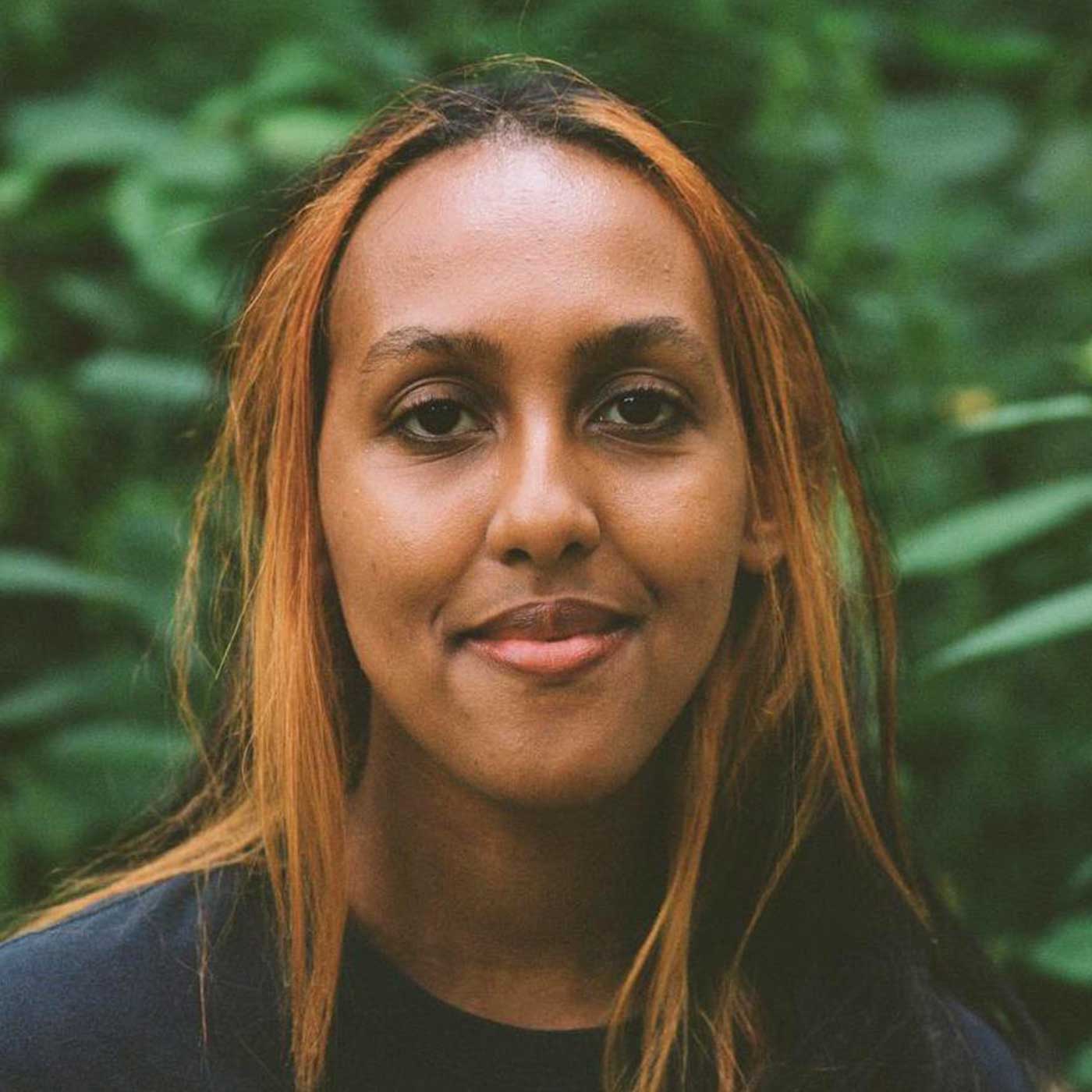Sara, why and how you developed your DIY Flashlight for kids?
We developed this DIY flashlight as a direct request from children. Whilst volunteering running science workshops in Eritrea (East Africa), children would ask for more useful and functional items. For example if you don’t have great access to electricity, children told us it would be helpful to actually learn how to build a flashlight.
I realised I needed to study more about child development so I did a master’s in Child Development at University of Oxford studying how kids learn, whilst working on prototypes. Professors seemed interested in buying the flashlight for their children in Oxford as well, as a screen-free alternative – which is where the one-for-one idea came to be. For every kit that is purchased on our Kickstarter Campaign, a refugee child out of school receives one for free.

Have children been able to test your DIY Flashlight already? If so, how did they react?
Yes! It’s co-designed by children. That’s the only way we could ever develop this flashlight. Children are the experts and they are also natural scientists, constantly asking questions. We spent a lot of time testing with refugee children who were not in school. We worked with charities such as Refugee Council, Terre des Hommes, Care4Calais and Project Play. We tested with hundreds of children across the last two years.
Many toys in education are designed without even asking children or listening to their feedback. This is particularly true in international development where toys are gifted to children and may not be suitable to the environment they are. A good book on this is ‘The Charisma Machine’ by Morgan Ames.
Now, your DIY Flashlight is still a prototype, but what are your plans for it in the future?
The Kickstarter Campaign is us testing if people want to gift their kids the flashlight. We know kids love it from constant testing, but as a model, we want to test does the one-for-one approach make sense? If this Kickstarter works, then we can go onto launch a DIY walkie talkie and radio also hopefully! All screen-free.
We are also going to test it in schools across the UK to support teachers and co-create classroom materials.

Design a suitable educational kit for kids – what does that mean for you?
1. It needs to be designed with kids and by kids: In fact, the final product we have today is nowhere near what I would have imagined the kit would look like, which makes sense because they are the experts and thankfully, kids are generally very honest about what sucks and tell us when something should change.
2. I used all my MSc in Child Development readings into the product design: I focused my dissertation on science self-efficacy in children, studying how kids learn and what increases their self-efficacy (their perception of their ability to do something). Everything we read has influenced the design, the step-by-step process, the manual and more.
And last but not least – tell us something about you Sara and your career. Where and what did you study and what was particularly formative for you?
I completed my undergraduate degree at University College London (UCL) and my masters at the University of Oxford. My background is in technology because I was always interested in the internet as this great leveller of education equality, this was a techno-optimist naive view I had. During my masters, I found my lectures by Niall Winters incredibly informative, as well as any of the following books:
1. Pedagogy of the Oppressed – Paulo Freire
2. The Rebirth of Education: Schooling Ain’t Learning – Lantt Pritchett
3. Design Justice – Sasha Costanza-Chock
I talk about our ‘equity-centred approach’ here but to summarise, participatory approaches to design are the only way to design.

Sara Berkai
Get in touch with Sara Berkai via e-mail:
moc.yalpassebma@aras
Photos Product Nick Rochowski
Photo Portrait Rubee Samuel
